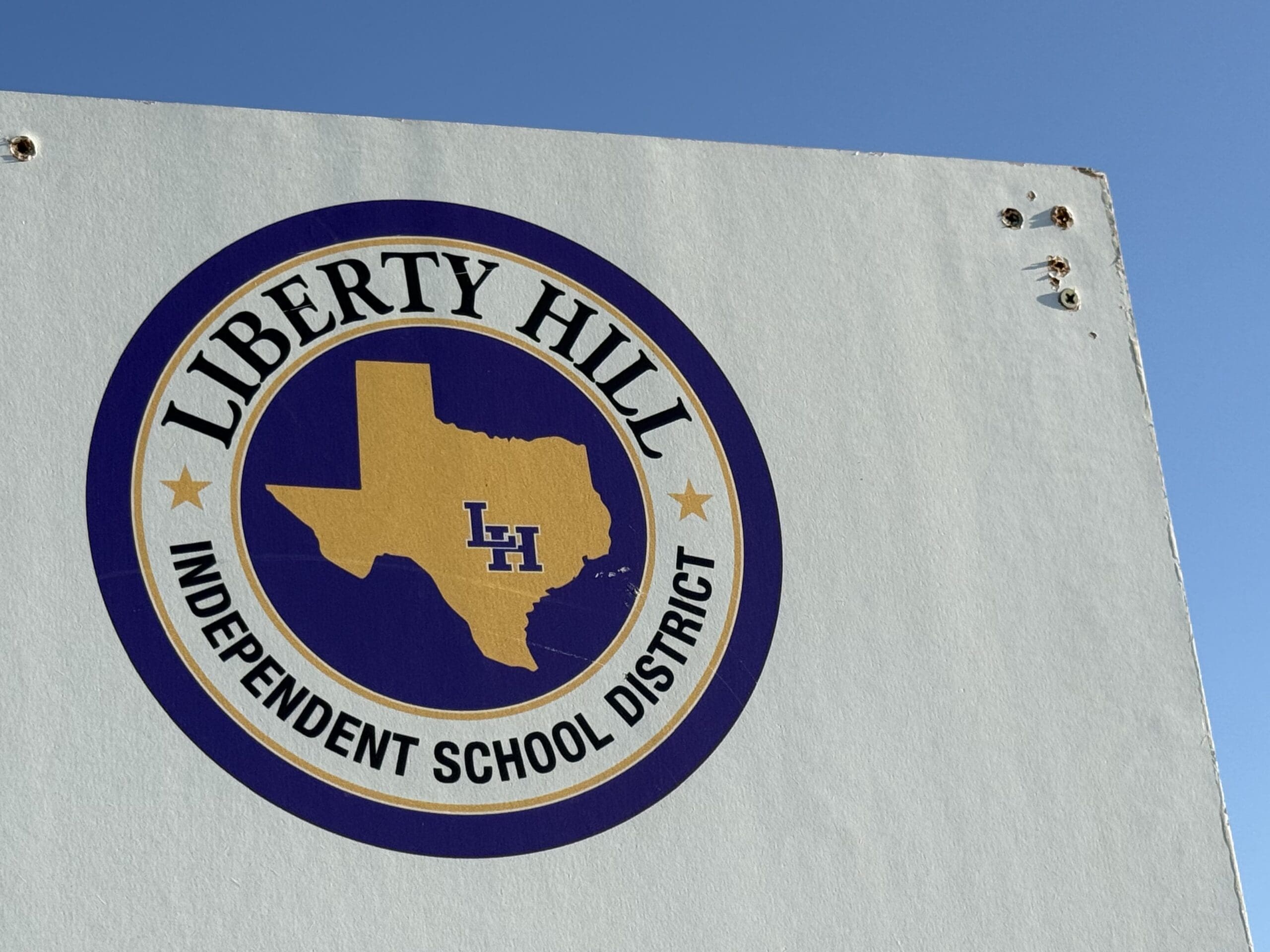A Harris County official is pushing back against reports of a $1 billion discrepancy in flood bond funds, labeling the allegations as “inaccurate and based on misinterpretations of the content included in recent reports.”
Emily Woodell, Chief External Affairs Officer for the Harris County Flood Control District, emphasized that a thorough review reported no errors in the underlying data, attributing initial concerns to a simple data export glitch.
Meanwhile, discussions continue on a separate $1.3 billion projected shortfall due to rising costs, with ongoing audits underway.
In a statement to Texas Scorecard, Woodell addressed the reports, writing, “These claims are inaccurate and based on misinterpretations of the content included in recent reports. … This collaborative analysis confirmed that there are no errors or discrepancies in the reports.”
Regarding the shortfall, Woodell provided the following statement:
There have also been misleading and inaccurate reports suggesting a $1.3 billion funding shortfall within the 2018 Bond Program. In fact, this figure emerged from preliminary discussions … based on preliminary data from engineering studies, grant applications, and planning documents. This information is exploratory in nature and will require further refinement.
In August 2018, a majority of Harris County voters approved a $2.5 billion bond to fund flood mitigation projects in the wake of Hurricane Harvey. The Harris County Flood Control District has since secured an additional $2.7 billion in partner funding, bringing the total resources to $5.2 billion.
As of the first quarter of 2025, $1.57 billion has been expended on these initiatives. Earlier this month, Texas Scorecard highlighted a $1.07 billion unexplained decrease in remaining funds. This discrepancy appeared between HCFCD’s 2024 year-end report and its 2025 first-quarter update, despite only $44 million in new spending during that period.
The report referenced an analysis by Bob Rehak of ReduceFlooding.com, which identified inconsistencies in watershed-specific data—for instance, a $143 million drop in the San Jacinto River area, compared to spending of just $168,000.
HCFCD responded by revising the first-quarter report on July 12, 2025, acknowledging a data presentation error. In a correction posted on July 14, 2025, Rehak attributed the issue to a misalignment during a PDF-to-Excel export.
This affected four key totals: bond funds ($2.5 billion), partner funds ($2.7 billion), total funds ($5.2 billion), and funds spent ($1.57 billion).
HCFCD staff conducted manual verification, confirming no actual discrepancy in the underlying data.
But shortfall concerns remain in a related but distinct matter. HCFCD Executive Director Tina Petersen informed the commissioners court on June 26 of a projected $1.3 billion shortfall for completing all projects.
This estimate accounts for inflation, rising construction costs, and potential future phases extending beyond the original voter-approved scope. On July 10, commissioners voted 4-1 to redirect remaining funds toward “equity”-prioritized projects.
This decision funds existing projects while pausing others.
The Harris County Auditor’s Office is currently reviewing the program, with results expected soon.
The next day, commissioners approved advancing several high-priority projects despite the shortfall.
Woodell stressed to Texas Scorecard that secured funding fully meets the original commitments of the 2018 bond program. She also emphasized HCFCD’s commitment to transparency, noting the district undergoes regular audits by funding partners and the county auditor.
HCFCD encourages direct inquiries for further clarification. As of July 15, no funds are reported missing, and planning for ongoing projects continues.





